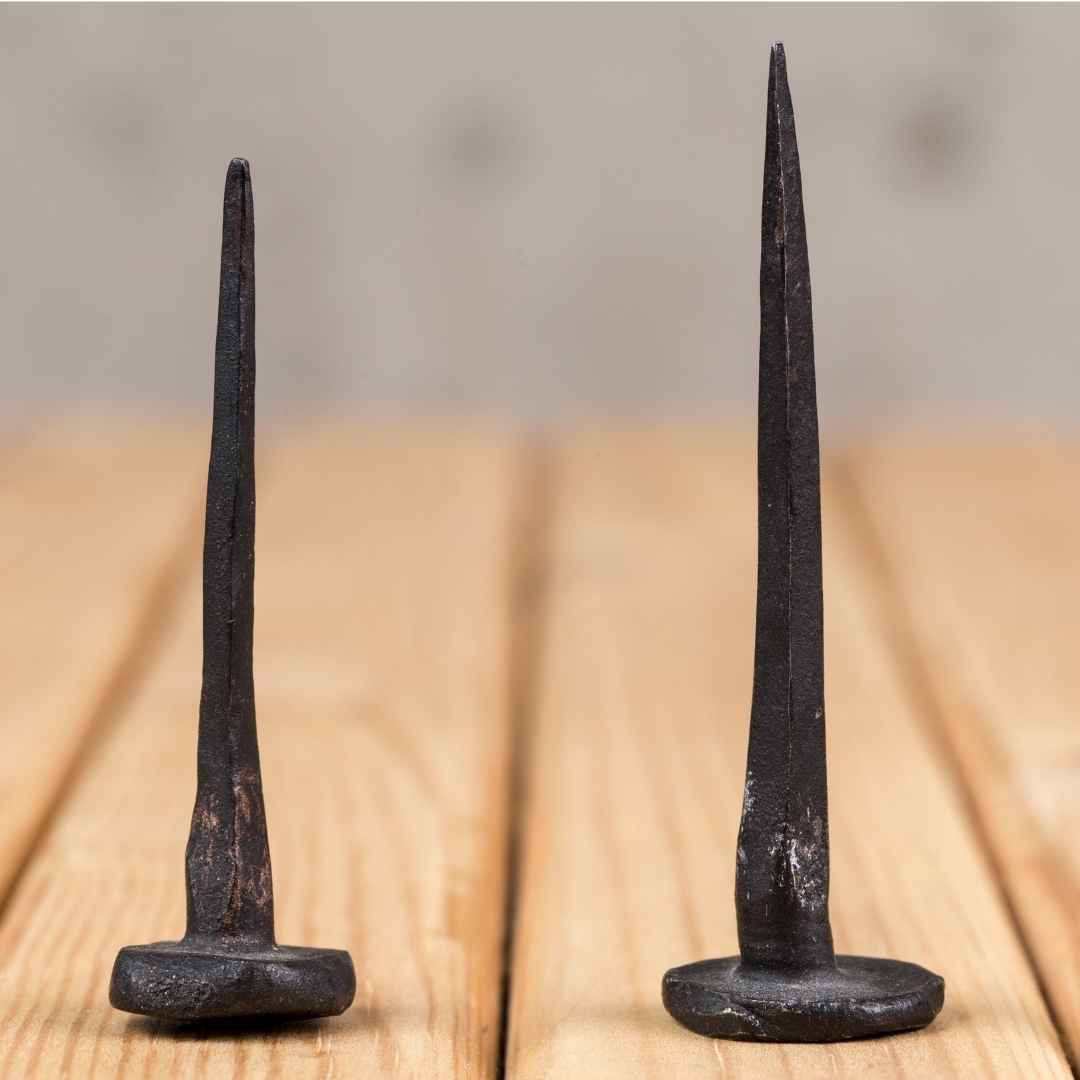Introduction
Nail forging is the process of creating nails by hand using a forge and anvil. It is an ancient skill that has been used for centuries to make nails of all shapes and sizes. Forging nails is a rewarding hobby, and it can also be a useful skill to have if you are interested in blacksmithing or other metalworking crafts.
Why forge nails?
There are many reasons to forge nails. Forged nails are stronger and more durable than machine-made nails, and they are also more aesthetically pleasing. Forged nails can be made to any size or shape, and they can be customized to match the specific needs of a project.
What tools and materials do you need to forge nails?
To forge nails, you will need the following tools and materials:
- A forge.
- An anvil.
- A hammer.
- A cut-off tool.
- A header.
- Nail blanks (pieces of iron or steel).
How to forge a nail
To forge a nail, follow these steps:
- Heat the nail blank in the forge until it is bright yellow.
- Draw out the shank of the nail by hammering it on the anvil.
- Create a set down/shoulder at the desired length of the nail and forge the shank so it fits the nail header tool.
- Cut the bar 7mm + (varies depending on nail head size) up from the shoulder. Cut it off from two sides. Hold the bar the same way as you held it when you made the set down. Leave about ¼ of the bar so the nail is still attached to the bar.
- Bend it so the shank points upward, take a new heat, and heat up the head of the nail.
- Finish the nail by placing it into the header tool and breaking it from the bar. Forge the head.
Short section about the history of nails
The earliest known nails were made of copper and bronze, and they date back to around 3400 BC. These early nails could have been used to attach leather or fabric to wood.
Iron nails were first made around 1000 BC, and they quickly became the most common type of nail. Iron nails were stronger and more durable than copper or bronze nails.
Forged nails were traditionally made by hand using a forge and anvil. The blacksmith would heat a piece of iron until it was soft, and then he would use a hammer to shape it into a nail.
Forged nails were used to build everything from houses and ships to furniture and bridges.
In the 19th century, machine-made nails became more common. Machine-made nails were cheaper and faster to produce than forged nails, and they quickly replaced forged nails for most applications.
However, forged nails are still used in some applications today, such as in historical restoration and specialty woodworking. They are also prized by collectors for their beauty and craftsmanship.
Conclusion
Forging nails is a rewarding skill to learn. It is also a practical skill that can be used in a variety of applications. If you are interested in blacksmithing or other metalworking crafts, I encourage you to try forging your own nails. You may be surprised at how much you enjoy it.

